Expansion of Smart Grid Infrastructure
The expansion of smart grid infrastructure in North America is a pivotal driver for the inverter market. As utilities invest in modernizing the grid, the integration of smart technologies becomes essential for enhancing grid reliability and efficiency. Inverters play a critical role in this transformation, enabling two-way communication between energy producers and consumers. The smart grid initiative is projected to reach a market value of $20 billion by 2025, with a significant portion allocated to inverter technologies. This expansion not only facilitates the integration of renewable energy sources but also enhances demand response capabilities. Consequently, the inverter market in North America is likely to experience substantial growth as utilities and consumers alike embrace the benefits of smart grid technologies.
Increasing Demand for Energy Storage Solutions
The inverter market in North America is experiencing a notable surge in demand for energy storage solutions. This trend is primarily driven by the growing need for reliable and efficient energy management systems. As consumers and businesses alike seek to optimize their energy consumption, the integration of inverters with energy storage systems becomes essential. In 2025, the market for energy storage in North America is projected to reach approximately $5 billion, indicating a robust growth trajectory. This demand is further fueled by the increasing adoption of renewable energy sources, which necessitate advanced inverter technologies to manage energy flow effectively. Consequently, the inverter market in North America is likely to benefit from this increasing focus on energy storage, as it aligns with broader sustainability goals and enhances grid resilience.
Rising Consumer Awareness of Energy Efficiency
Consumer awareness regarding energy efficiency is on the rise in North America, significantly influencing the inverter market. As individuals and businesses become more conscious of their energy consumption and its environmental impact, there is a growing preference for energy-efficient solutions. This shift in consumer behavior is driving demand for inverters that not only optimize energy use but also contribute to cost savings. In 2025, it is anticipated that the demand for energy-efficient inverters will increase by 20%, as consumers seek to reduce their carbon footprint. This trend is further supported by educational campaigns and initiatives aimed at promoting sustainable practices. As a result, the inverter market in North America is likely to benefit from this heightened consumer awareness, leading to increased sales and market penetration.
Regulatory Support for Clean Energy Initiatives
Regulatory frameworks in North America are increasingly favoring clean energy initiatives, which significantly impacts the inverter market. Governments at both federal and state levels are implementing policies that promote the use of renewable energy sources, such as solar and wind. For instance, tax incentives and rebates for solar installations have led to a substantial increase in residential and commercial solar projects. In 2025, it is estimated that the solar inverter market alone will account for over $3 billion in revenue. This regulatory support not only encourages the adoption of inverters but also stimulates innovation within the industry, as manufacturers strive to meet evolving standards and consumer expectations. As such, the inverter market in North America is poised for growth, driven by favorable policies that align with the transition towards a more sustainable energy landscape.
Technological Advancements in Inverter Efficiency
Technological advancements are playing a crucial role in enhancing the efficiency of inverters, thereby driving growth in the inverter market in North America. Innovations such as improved semiconductor materials and advanced control algorithms are enabling inverters to operate at higher efficiencies, often exceeding 98%. This increase in efficiency not only reduces energy losses but also lowers operational costs for end-users. In 2025, the market for high-efficiency inverters is expected to grow by approximately 15%, reflecting the industry's commitment to technological progress. Furthermore, these advancements are essential for integrating renewable energy sources into the grid, as they ensure optimal performance and reliability. Consequently, the inverter market in North America is likely to thrive as manufacturers continue to invest in research and development to enhance inverter technologies.


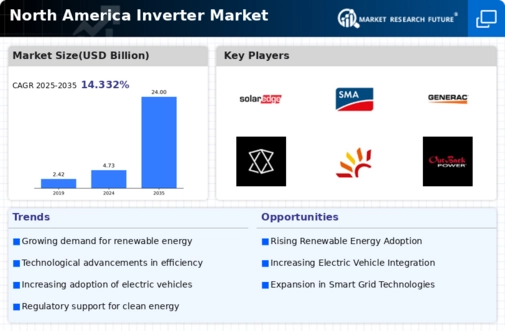
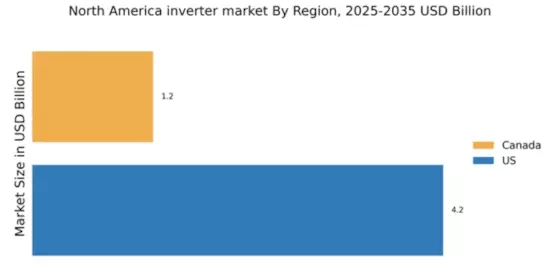
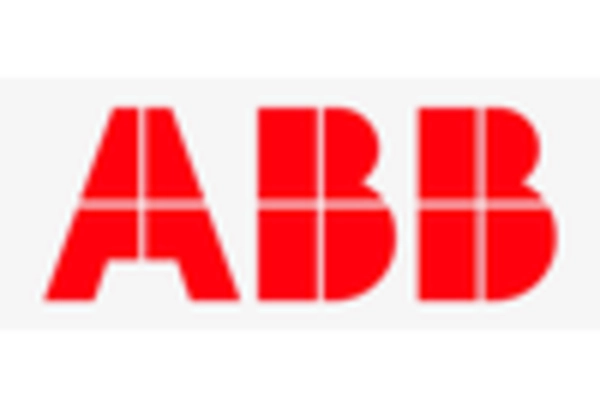



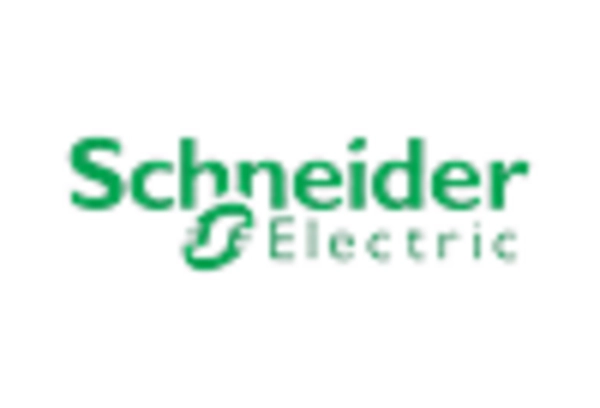
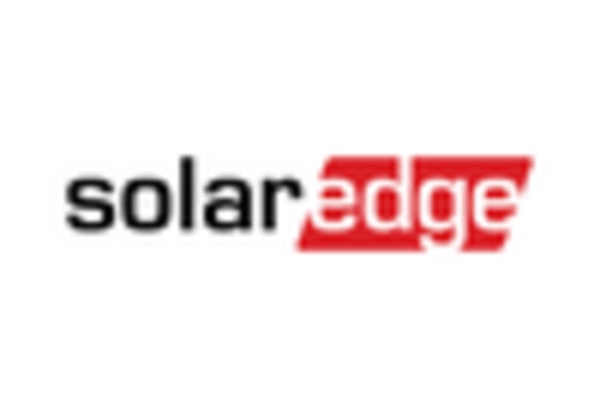








Leave a Comment